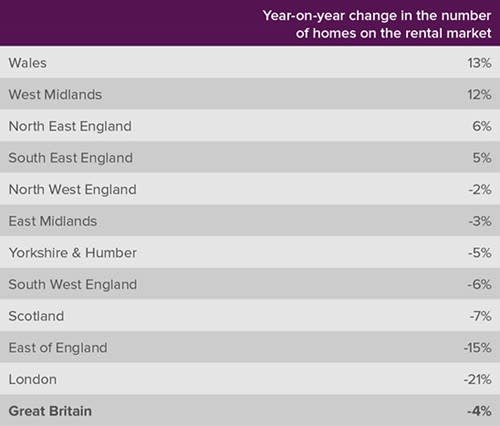Average monthly rent up £23 to hit almost £1,000 - and there's fewer properties to fight over

Average monthly rents climbed by £23 to hit £960 last year, new figures show, with London once again leading the way.
And in a double whammy for millennials desperate to move away from mum and dad, the number of properties becoming available also fell.
London remains the most expensive place to rent in the country, followed by the South East and the South West.
MORE: Average UK house prices up £2,000 in January, but buyers remain ‘choosy’

Scotland witnessed the steepest rise in rents, year on year, from £619 in December 2016 to £640 in December 2017.
According to Countrywide, one of the UK’s largest estate agents, rents overall rose by an average of 2.4%, an increase from 1.8% in 2016. Rents rose a third faster than they did in 2016.
Last year also saw a drop in the number of homes bought by landlords, said Countrywide.
MORE: ‘National scandal’ of 11,000 UK homes standing empty for more than a decade
In 2017, landlords bought 12.5% of homes sold, down from 14.7% in 2016, which represents a nine-year low.

Between 2016 and 2017, the proportion of homes sold to landlords fell in every region, nowhere more so than in London.
In fact, there was a 21% fall in the number of homes to rent in the capital in December 2017 compared to a year earlier.
And all this means that rents are rising, there are fewer homes to rent and the fight to get your own place is becoming ever more intense and expensive.

MORE: 700,000 millennials cannot afford to rent let alone buy
Johnny Morris, research director at Countrywide, said: “Last year saw the rate of rental growth pick up to get closer to its long-term average.
“Most of the rise comes from a pickup in rental growth in London, after falls in 2016.
“Rental growth has been supported by a fall in the number of homes on the rental market, with the biggest fall in London.
“It looks like increased competition between tenants for rental homes will drive faster rental growth in 2018.”

 Yahoo Finance
Yahoo Finance 
